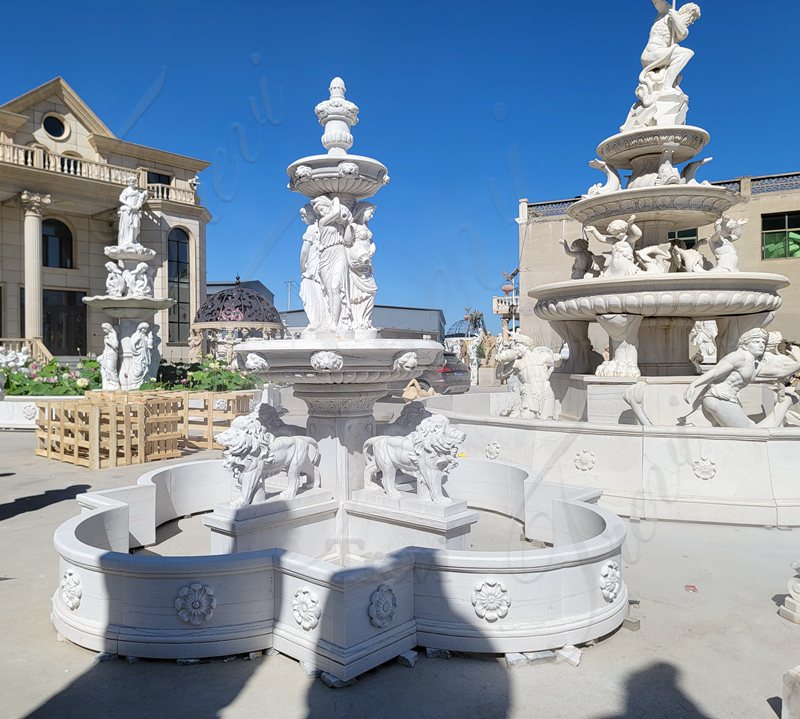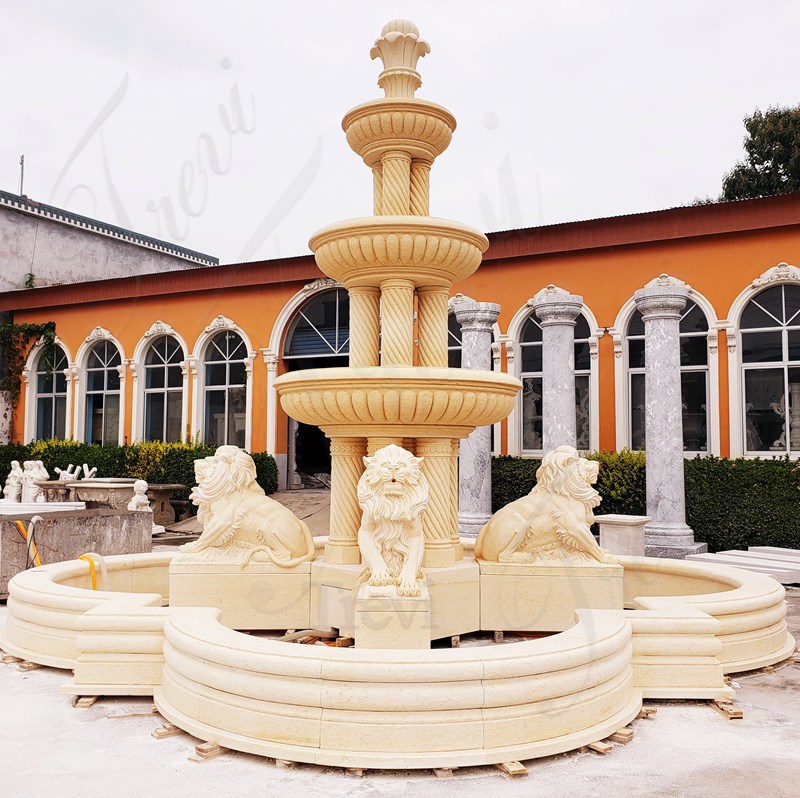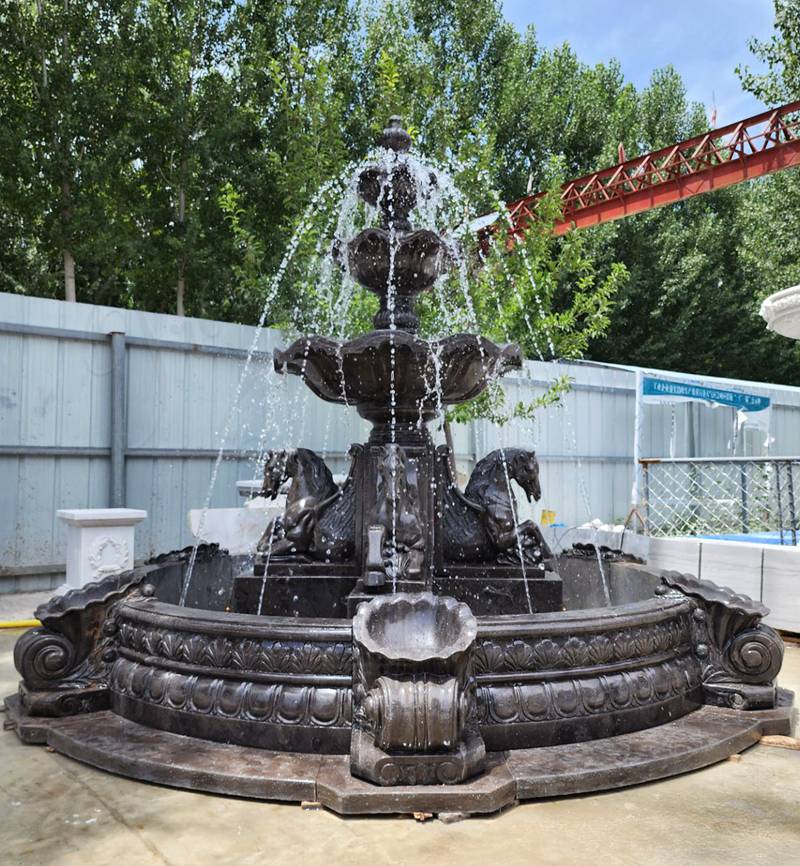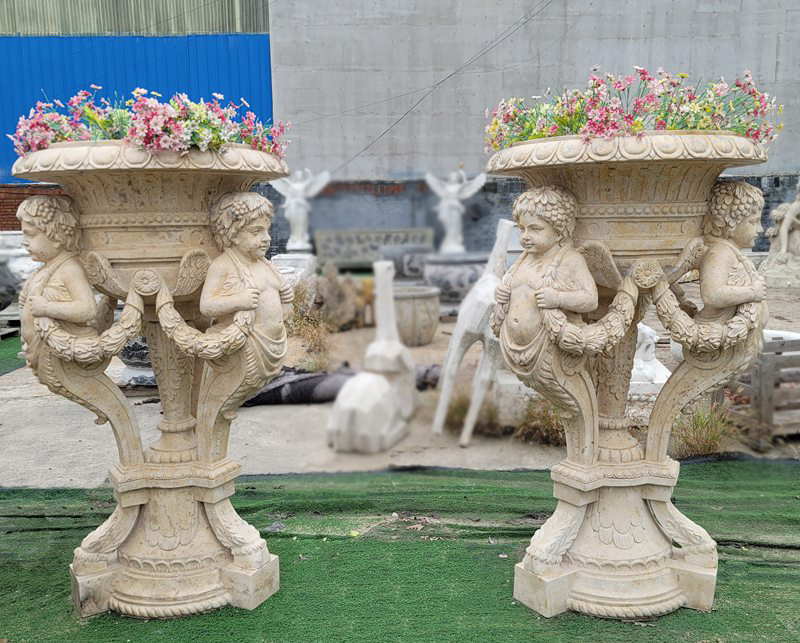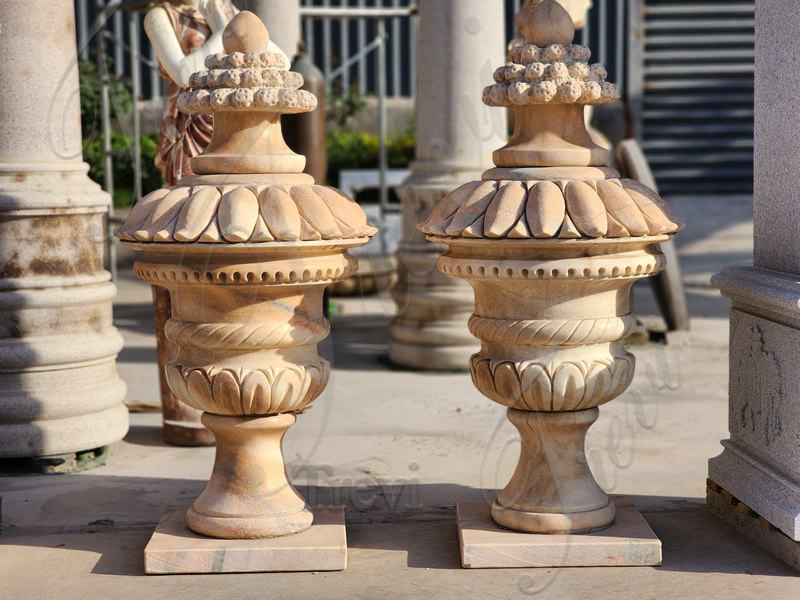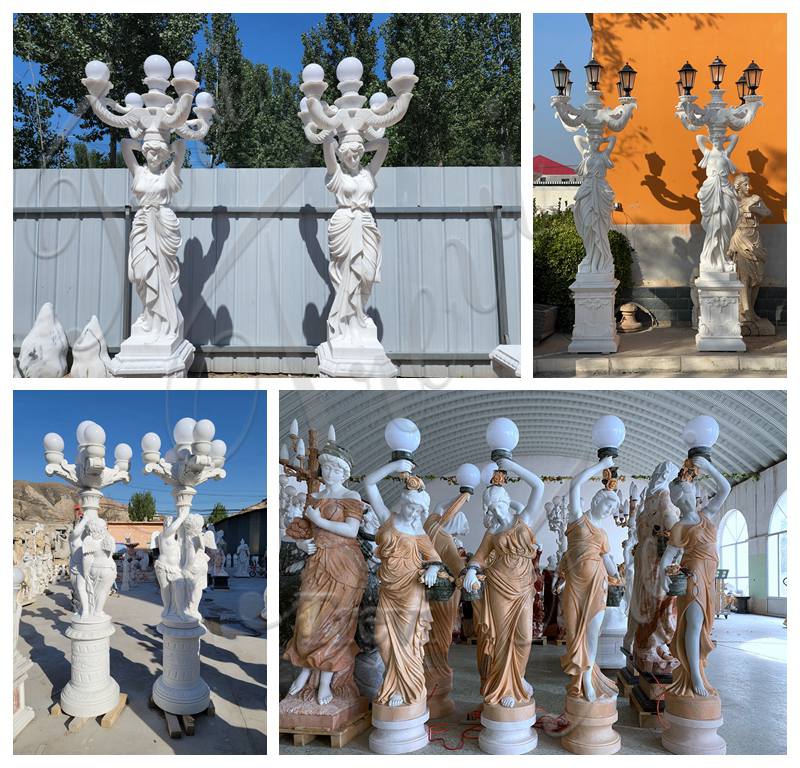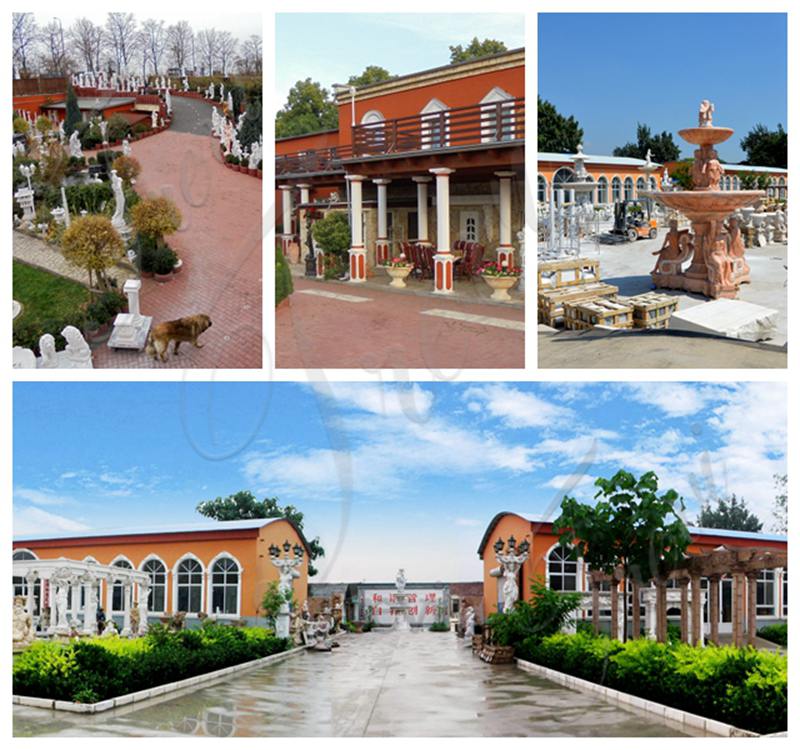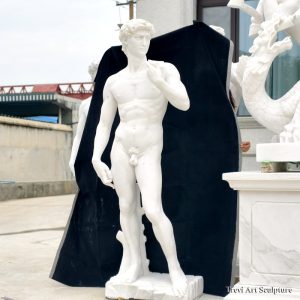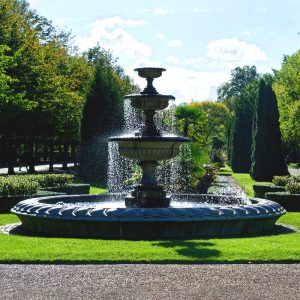Choosing the right stone for various applications could be a daunting task, especially when faced with an array of options like Marble, Granite, Sandstone, and Travertine. Each stone has its unique characteristics, advantages, and best-use scenarios. Today, we would unravel the mysteries surrounding these popular stone types, shedding light on their qualities and suitability for different projects. Understanding the differences is crucial, as it ensures not only the aesthetic appeal but also the longevity and functionality of your chosen material.
The difference between Marble, Granite, Sandstone and Travertine
Marble
Marble, a metamorphic rock, is celebrated for its elegant appearance characterized by intricate veining and a smooth, polished surface. Its crystalline structure lends it a captivating translucency when backlit. Marble is renowned for its durability and ability to withstand high temperatures, making it ideal for both indoor and outdoor applications. Its availability in various colors and patterns offers versatility in design, making it a favorite for sculptures, architecture, and interior decor. Iconic examples include the Taj Mahal, carved from white marble, and Michelangelo’s David, a masterpiece sculpted from Carrara marble, showcasing the enduring beauty and versatility of this remarkable stone.
Granite
Granite, an igneous rock, is renowned for its remarkable durability and striking aesthetics. Its most distinctive feature is its crystalline structure, creating a speckled appearance. Granite’s hardness and resistance to abrasion make it a preferred choice for kitchen countertops, where it could withstand heavy use and retain its polished finish. It’s also widely used in outdoor applications due to its resistance to weathering, making it ideal for monuments and buildings. Notable examples include the iconic Mount Rushmore National Memorial in the USA, featuring colossal granite sculptures of American presidents, and the historic Great Pyramid of Giza, showcasing granite’s enduring appeal and strength across millennia.
Sandstone
Sandstone, a sedimentary rock, possesses distinctive features like its fine-grained texture and varied colors, often displaying hues of beige, red, yellow, and brown. It’s renowned for its workability, making it a preferred choice for intricate carvings and architectural detailing. Sandstone is remarkably porous, allowing it to weather naturally and develop a unique patina over time. This stone is appreciated for its durability and resistance to decay, making it an excellent choice for buildings and monuments. Notable structures made from sandstone include the stunning Red Fort in Delhi, India, and the awe-inspiring Petra, a rose-red city carved into the cliffs of Jordan, showcasing sandstone’s adaptability and enduring appeal.
Travertine
Travertine, a sedimentary limestone, is known for its distinct porous texture, typically formed near mineral-rich springs. Its earthy colors range from ivory to walnut, offering natural warmth. The stone’s porosity makes it remarkably slip-resistant, making it ideal for flooring around pools or in bathrooms. Travertine’s versatility shines through in its applications; it’s perfect for countertops, wall cladding, and even sculptures. Notable examples include the striking Colosseum in Rome, where travertine adds to its timeless grandeur, and the Getty Center in Los Angeles, where its subtle beauty enhances the modern architectural masterpiece. Its unique blend of aesthetics and functionality continues to inspire designers worldwide.
Trevi More Marble Sculptures
At Trevi, we take immense pride in offering a diverse range of sculptural masterpieces crafted from various materials. Among our finest creations, you’ll discover the timeless elegance of marble sculptures, the exquisite beauty of marble planters, and the enchanting allure of marble fountains. For those seeking durability in the face of harsh weather, our granite fountains stand as a testament to endurance and strength.
But that’s not all. We also carve charming limestone planters, exuding rustic grace, and the captivating world of carved stone fountains, each a piece of artistry carved from nature’s own couldvas. Our collection is as diverse as the materials we employ, promising to cater to every taste and requirement, whether it’s the classic opulence of marble or the rugged resilience of granite that speaks to your soul.
Frequently Asked Questions
What is the difference between marble and granite?
Marble is a metamorphic rock with a softer appearance and veining, while granite is an igneous rock known for its hardness and speckled appearance.
How do I choose the right stone for my project?
Consider factors like location, weather exposure, style preferences, and budget to select the most suitable stone.
What is the maintenance required for stone sculptures?
Maintenance involves regular cleaning and sealing to prevent staining and weathering.
Are all stones suitable for outdoor use?
No, some stones like marble and limestone may deteriorate faster in harsh outdoor conditions, so it’s essential to choose a durable stone like granite or sandstone for outdoor applications.
What famous landmarks are made of stone?
Examples include the Taj Mahal (white marble), Mount Rushmore (granite), and the Colosseum (travertine and concrete).
What are the benefits of using natural stone in landscaping?
Natural stone adds aesthetic appeal, durability, and a timeless quality to outdoor spaces.
How could I tell if a stone is of high quality?
Look for factors like uniform color, lack of cracks or fissures, and a polished finish for marble and granite.
Could stone fountains withstand freezing temperatures?
Yes, some stone types like granite and sandstone are excellent choices for fountains in cold climates due to their resistance to freezing and thawing.
Are stone sculptures customizable?
Yes, stone sculptures could be customized in terms of design, size, and choice of stone to suit specific preferences and spaces.
What are the environmental benefits of using natural stone?
Natural stone is a sustainable choice, as it is abundant, long-lasting, and requires minimal processing compared to synthetic alternatives.
